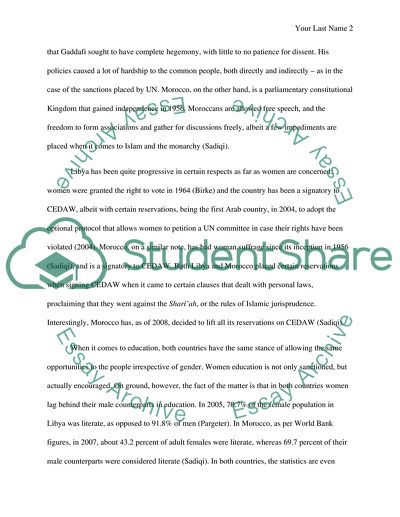Cite this document
(“Women Rights in Libya and Morocco Research Paper”, n.d.)
Women Rights in Libya and Morocco Research Paper. Retrieved from https://studentshare.org/sociology/1771315-compare-and-contrast
Women Rights in Libya and Morocco Research Paper. Retrieved from https://studentshare.org/sociology/1771315-compare-and-contrast
(Women Rights in Libya and Morocco Research Paper)
Women Rights in Libya and Morocco Research Paper. https://studentshare.org/sociology/1771315-compare-and-contrast.
Women Rights in Libya and Morocco Research Paper. https://studentshare.org/sociology/1771315-compare-and-contrast.
“Women Rights in Libya and Morocco Research Paper”, n.d. https://studentshare.org/sociology/1771315-compare-and-contrast.


